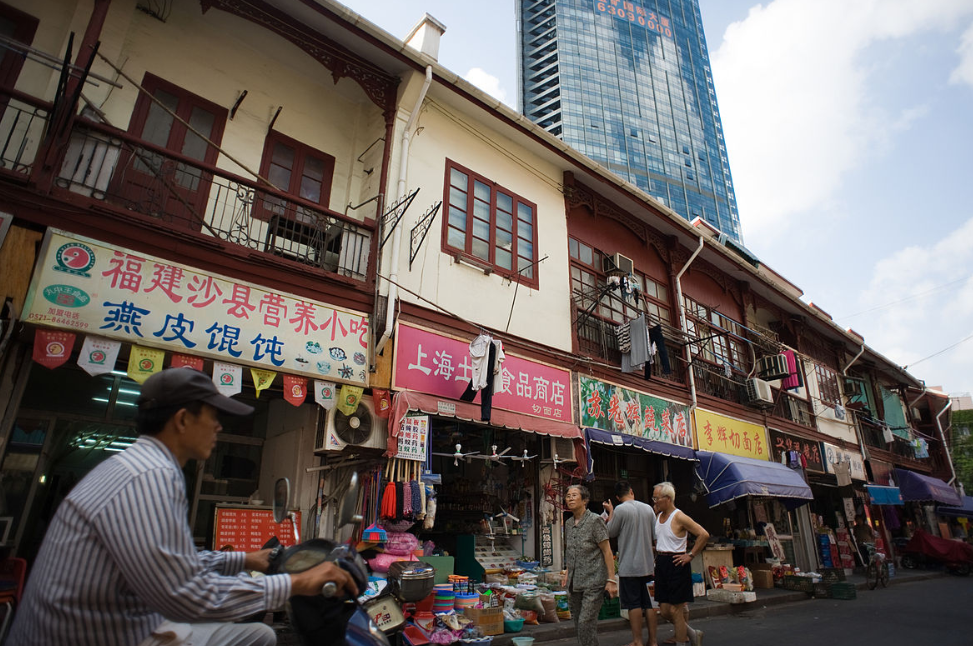The National Bureau of Statistics of the People's Republic of China uses data collected by the regions to assess the growth rate of the economy. However, local leaders are interested in improving gross product and investment indicators, as their career advancement depends on this, according to a study by scientists from the University of Hong Kong and the University of Chicago published by the Brookings Institute (USA). They note that the National Bureau corrects the received results. The adjustment since the mid-2000s was about 5% of GDP. But after 2008, the regions began to overestimate the indicators, while the degree of adjustment remained the same.
It should be noted that many experts previously pointed at the discrepancy between official and factual data on the economy of the PR. In particular, the IMF noted undercounting of debt in China.
Economists at the Brookings Institute show that the sum of regional indicators often exceeds the estimates for the country as a whole. The discrepancies are observed in the volume of investments and net exports, while consumption figures are almost the same. By value added, the largest gap is in the industrial sector. In order to get more realistic growth estimates, the authors recalculated volume of nominal and real GDP, adjusting output in production, construction, wholesale and retail trade, taking into account the paid VAT (these data, according to experts, are more reliable, for example, the increase in fees was negative in 2015–2016 years). These calculations showed that, before the financial crisis, the National Bureau had leveled inflation of regional indicators, but from 2008 to 2016 actual GDP growth was overestimated on average by 1.7 percentage points (pp) per year.
According to calculations, the gap in the volume of capital investments between the regions and the final estimate of the National Bureau in 2015 amounted to as much as 38%. From 2008 to 2016, the share of investments, according to researchers, decreased by 7 points, from 39% to 35.6%, while according to official data, on the contrary, it increased from 40% to 42.7%. The savings rate has also dropped by about 10 pp since the crisis (by 3 pp according to the National Bureau of Statistics), which is an additional indicator that the economy is now growing more on consumption than on investment and net exports, the study says.
Recall that the official growth forecast announced by Premier Li Keqiang at the opening session of the National People’s Congress is 6–6.5%. To support growth, authorities have announced a tax cut equivalent to 2% of GDP (2 trillion yuan). The placement of infrastructure bonds by regions will be increased by 0.8% of GDP. In addition, a moderate reduction in interest rates for small companies was promised and a new law on foreign investment was passed, leveling the conditions for local companies and businesses with foreign capital in most industries. However, “the total amount of incentives so far is only half of what was spent in 2015–2016, after an exchange collapse,” Capital Economics notes.
source: capitaleconomics.com/
It should be noted that many experts previously pointed at the discrepancy between official and factual data on the economy of the PR. In particular, the IMF noted undercounting of debt in China.
Economists at the Brookings Institute show that the sum of regional indicators often exceeds the estimates for the country as a whole. The discrepancies are observed in the volume of investments and net exports, while consumption figures are almost the same. By value added, the largest gap is in the industrial sector. In order to get more realistic growth estimates, the authors recalculated volume of nominal and real GDP, adjusting output in production, construction, wholesale and retail trade, taking into account the paid VAT (these data, according to experts, are more reliable, for example, the increase in fees was negative in 2015–2016 years). These calculations showed that, before the financial crisis, the National Bureau had leveled inflation of regional indicators, but from 2008 to 2016 actual GDP growth was overestimated on average by 1.7 percentage points (pp) per year.
According to calculations, the gap in the volume of capital investments between the regions and the final estimate of the National Bureau in 2015 amounted to as much as 38%. From 2008 to 2016, the share of investments, according to researchers, decreased by 7 points, from 39% to 35.6%, while according to official data, on the contrary, it increased from 40% to 42.7%. The savings rate has also dropped by about 10 pp since the crisis (by 3 pp according to the National Bureau of Statistics), which is an additional indicator that the economy is now growing more on consumption than on investment and net exports, the study says.
Recall that the official growth forecast announced by Premier Li Keqiang at the opening session of the National People’s Congress is 6–6.5%. To support growth, authorities have announced a tax cut equivalent to 2% of GDP (2 trillion yuan). The placement of infrastructure bonds by regions will be increased by 0.8% of GDP. In addition, a moderate reduction in interest rates for small companies was promised and a new law on foreign investment was passed, leveling the conditions for local companies and businesses with foreign capital in most industries. However, “the total amount of incentives so far is only half of what was spent in 2015–2016, after an exchange collapse,” Capital Economics notes.
source: capitaleconomics.com/



















